
Coastal ecosystem
Kouchibouguac National Park
Along the coastal stretch of Kouchibouguac National Park, comprising approximately 22% of the park's total land area, various habitats like beaches, estuaries, salt marshes, and dunes create a habitat for diverse species. Representing a mosaic of habitats, this coastal expanse hosts various species contributing to the resilience and biodiversity of the region.
In the shallows, Common Eelgrass (Zostera marina) provides essential habitat and nursery grounds for marine organisms. Marram grass (Ammophila breviligulata) anchors the sands with its root system, ensuring coastal landscape stability. Smooth Cordgrass (Spartina alterniflora) and Salt Meadow Cordgrass (Spartina patens) further contribute to these ecosystems, stabilizing soil and supporting a diverse array of marine and terrestrial life.
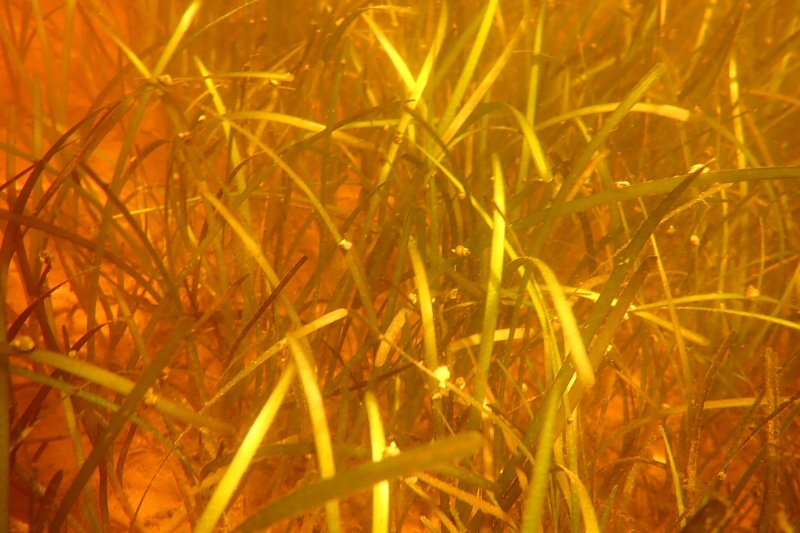
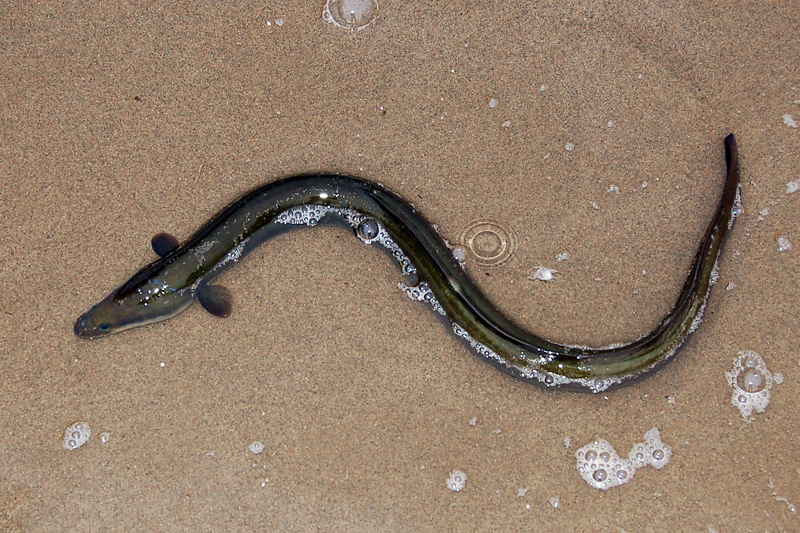
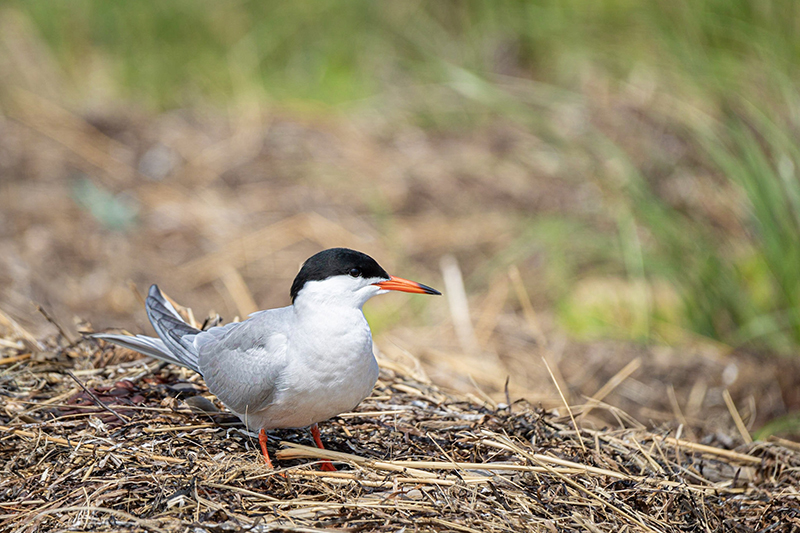
During part of the summer, the marine waters host temporary inhabitants such as Grey Seals (Halichoerus grypus) and red-breasted mergansers (Mergus serrator), alongside the largest Common Tern (Sterna hirundo) colony in Canada. American Eels (Anguilla rostrata) play a vital role in the aquatic life web. Great Blue Herons (Ardea herodias) wade the shores, contributing to the vibrant birdlife.
The Green Crab (Carcinus maenas), an invasive species in Kouchibouguac National Park, poses a significant threat to local ecosystems by preying on native species, competing for resources, and damaging eelgrass habitat in the lagoons. Efforts to mitigate its impact are crucial for preserving the park's biodiversity through targeted research and control strategies.

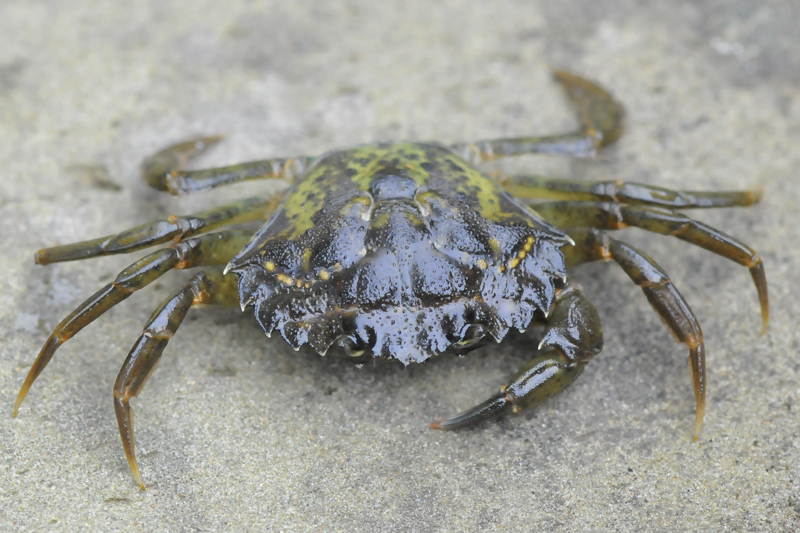
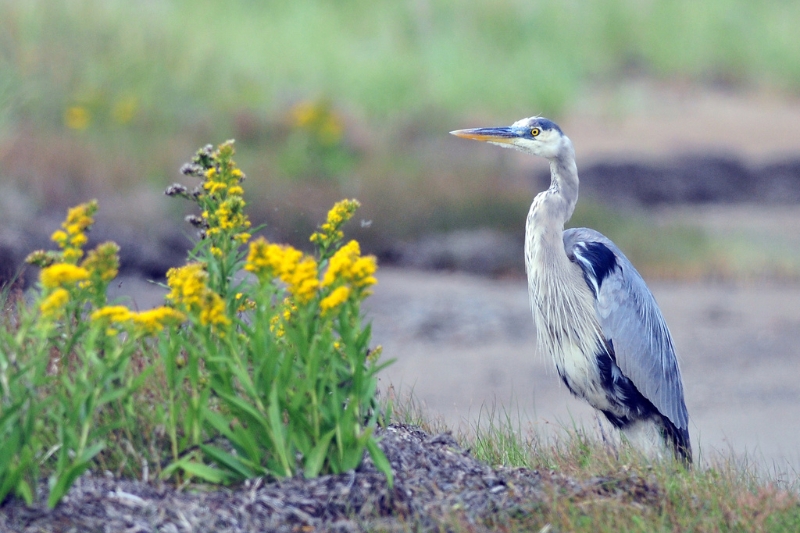
Within the delicate balance of this coastal area, species at risk become a focal point. Gulf of Saint Lawrence Aster (Symphyotrichum laurentianum) requires conservation efforts for its sandy habitat and frequent reseeding to encourage new growth to sustain the population. Piping Plovers (Charadrius melodus) nesting on sandy shores face numerous habitat threats. Bank Swallows (Riparia riparia) nesting in threatened coastal cliffs emphasize the urgency of conservation initiatives.
In essence, the coastal ecosystem of Kouchibouguac National Park depicts intricate connections, where various species participate in complex interdependencies. The park's commitment to monitoring and preserving this coastal habitat underscores its dedication to long-term ecological health.
Related links
- Date modified :